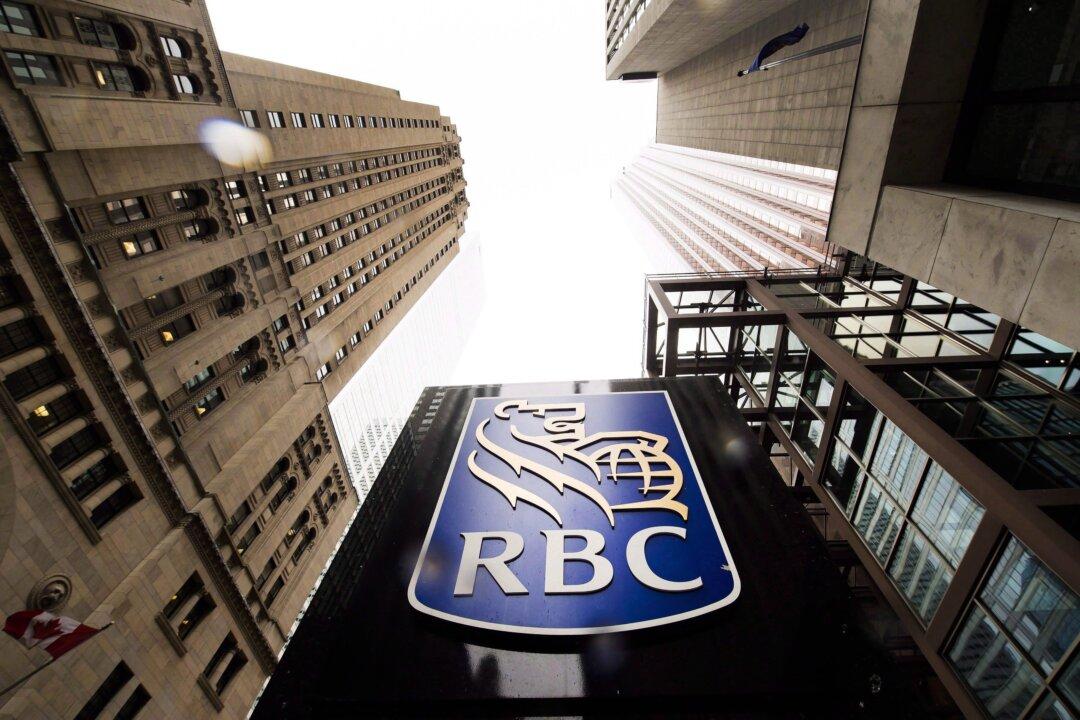TORONTO—The Royal Bank of Canada is the first Canadian lender to be added to the Financial Stability Board’s list of global systemically important banks, which are deemed too big to fail.
The FSB, which co-ordinates the work of national financial authorities and international standard-setting bodies, added RBC as it removed French bank Groupe BPCE, keeping the total number of institutions on the list at 30.





